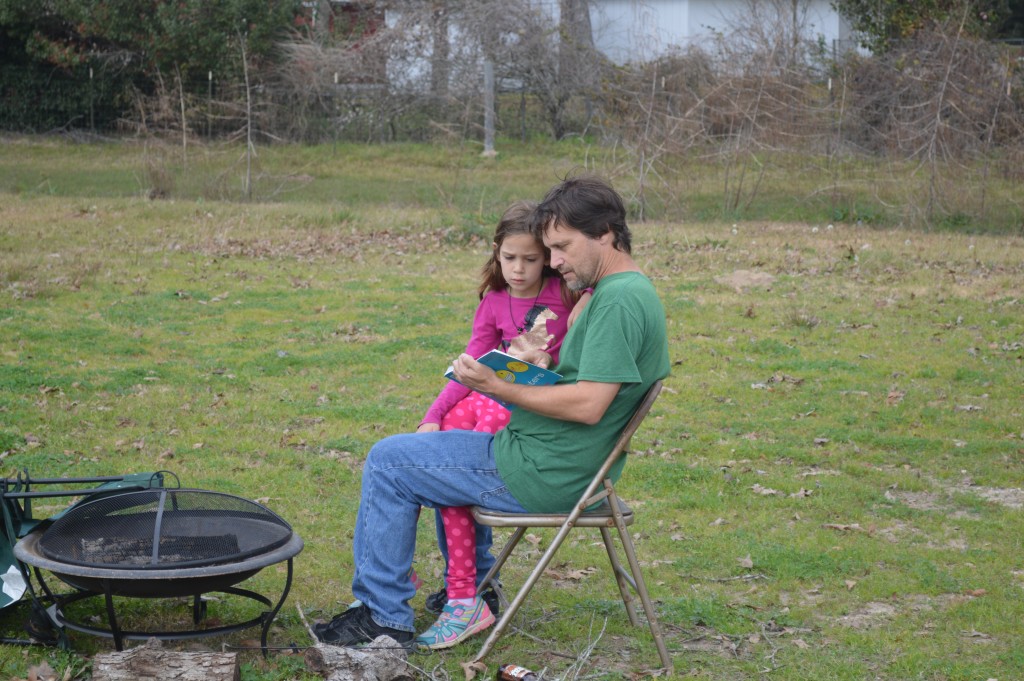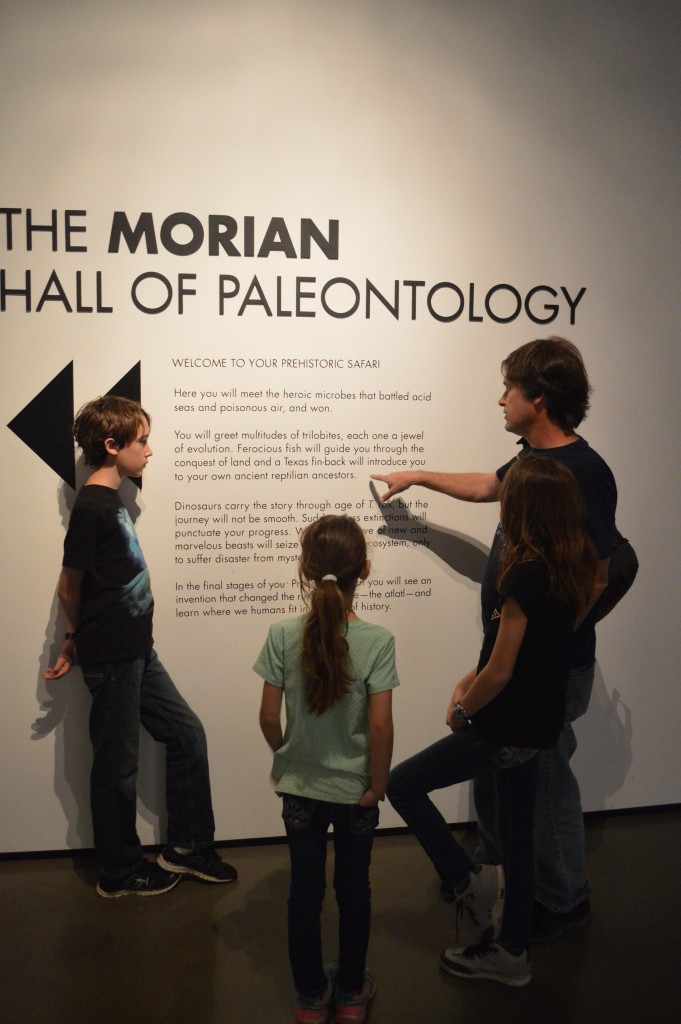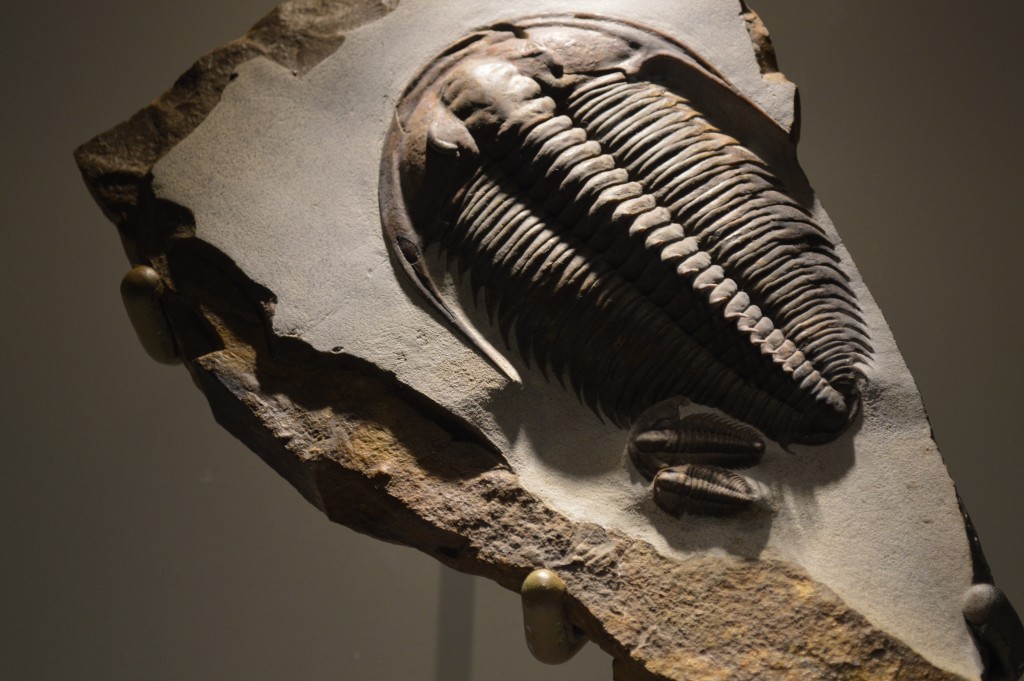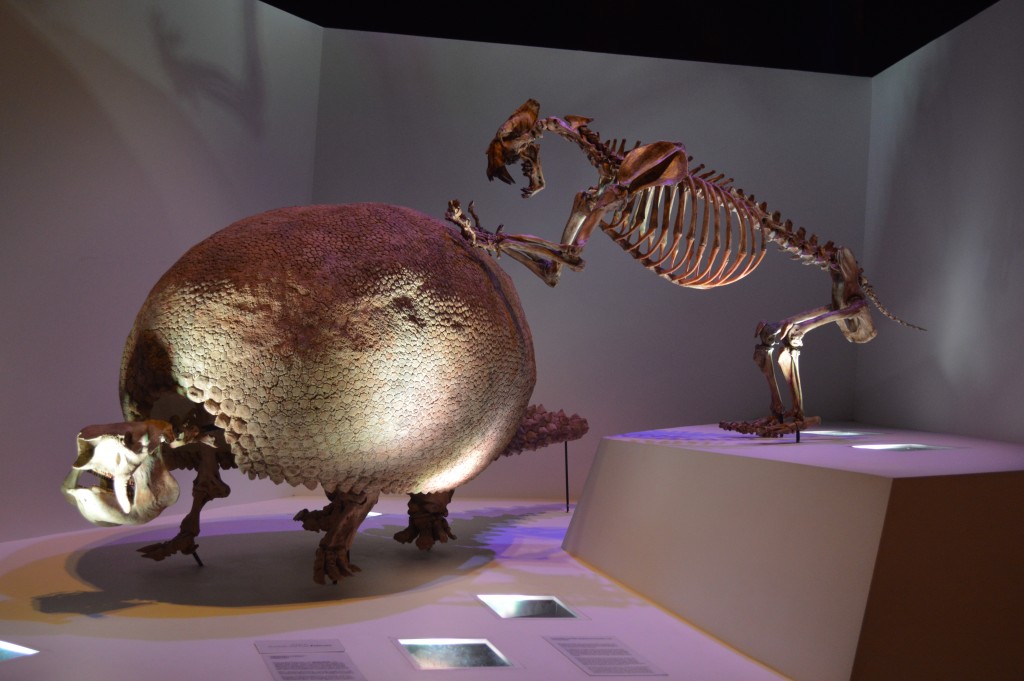 When we stayed outside of Houston, museum-hopping really complemented many subjects for our kids. Most days we drove the 30 miles down to the city from the great RV-ranch where we stayed, hitting one or more of the educational spots downtown.
When we stayed outside of Houston, museum-hopping really complemented many subjects for our kids. Most days we drove the 30 miles down to the city from the great RV-ranch where we stayed, hitting one or more of the educational spots downtown.
Two of our favorites, the Children’s Museum and the Natural History Museum, have already seen more than one visit. Our annual membership to the Louisiana Art & Science Museum helps us save with many locations, including the Children’s Museum. Naturally this attraction has already been blogged by the rest of my family, so let me describe my favorite.
We spent our first day at the Natural History Museum wandering through the different wings, seeing only part of what each had to offer. As this is Texas, one section focused on the geology of the region and how energy deposits formed underground in much of the state, plus some of the methods of extracting it. There were also wonderful exhibits on wildlife (both of Texas and of the rest of the world), gems and even ancient Egypt.
 But the best exhibit in my opinion, and the family concurred, was that of life’s history on Earth. Beginning with the appearance of the earliest complex life forms, wall after wall showed fossils, pictures and descriptions as life evolved through the ages. Everyone in the family enjoyed walking through right up to the appearance of humans and the ice age, but there was so much information that Laura suggested we return another day. She also suggested that I be a kind of guide, explaining each segment of life’s history.
But the best exhibit in my opinion, and the family concurred, was that of life’s history on Earth. Beginning with the appearance of the earliest complex life forms, wall after wall showed fossils, pictures and descriptions as life evolved through the ages. Everyone in the family enjoyed walking through right up to the appearance of humans and the ice age, but there was so much information that Laura suggested we return another day. She also suggested that I be a kind of guide, explaining each segment of life’s history.
 Needless to say, I was thrilled. The museum had dozens of trilobite fossils, showing the huge variety of sizes and species. These creatures shared the Cambrian Period (the first geologic period with familiar animals) with all kinds of predecessors to later life. As we walked through millions and millions of years being depicted, we saw different kinds of fishes dominate the water, plants and then invertebrates and amphibians invade the land, dinosaurs develop and rule the world, a couple mass extinctions and finally the evolution of mammals.
Needless to say, I was thrilled. The museum had dozens of trilobite fossils, showing the huge variety of sizes and species. These creatures shared the Cambrian Period (the first geologic period with familiar animals) with all kinds of predecessors to later life. As we walked through millions and millions of years being depicted, we saw different kinds of fishes dominate the water, plants and then invertebrates and amphibians invade the land, dinosaurs develop and rule the world, a couple mass extinctions and finally the evolution of mammals.
What caused the extinction of the dinosaurs? What caused the even bigger mass extinction that set the stage for dinosaurs to rule the planet for 150 million years? Many theories were given for both events – I discussed these with the kids and they formed their own conclusions.
This museum used a great technique of giving a picture and description of relationships and conflicts between animals, then having a huge diorama of it alongside.
Most popular of all, I would say, were the giant versions of modern animals that lived in the ice age – sloths, armadillos, saber-toothed cats, etc.
I got to pass on a lot of information I’ve learned, both in school and just through personal interest, on to my kids and wife. This RV journey allows us to see a little of nature’s beauty and interworkings – to me an understanding of this planet and its life forms back through time is vital. I can’t wait for our next “classroom” of natural history, whether it’s another great museum or location where we park and explore.


Hi Dan,
I’ve been waiting for a new blog from you for some time, and this was well worth the
wait. It sounds like the Hall of Paleontology in the Natural History Museum in
Houston was a marvelous teaching experience for you and learning experience for the kids.
The Roadschooling experiences the kids are getting during this RV trip is something they’ll never forget and (as a result) they’re bound to really appreciate nature’s beauty and interactions like you do.
Thanks for the pictures – you even got into 2 of them!
Love, Mom